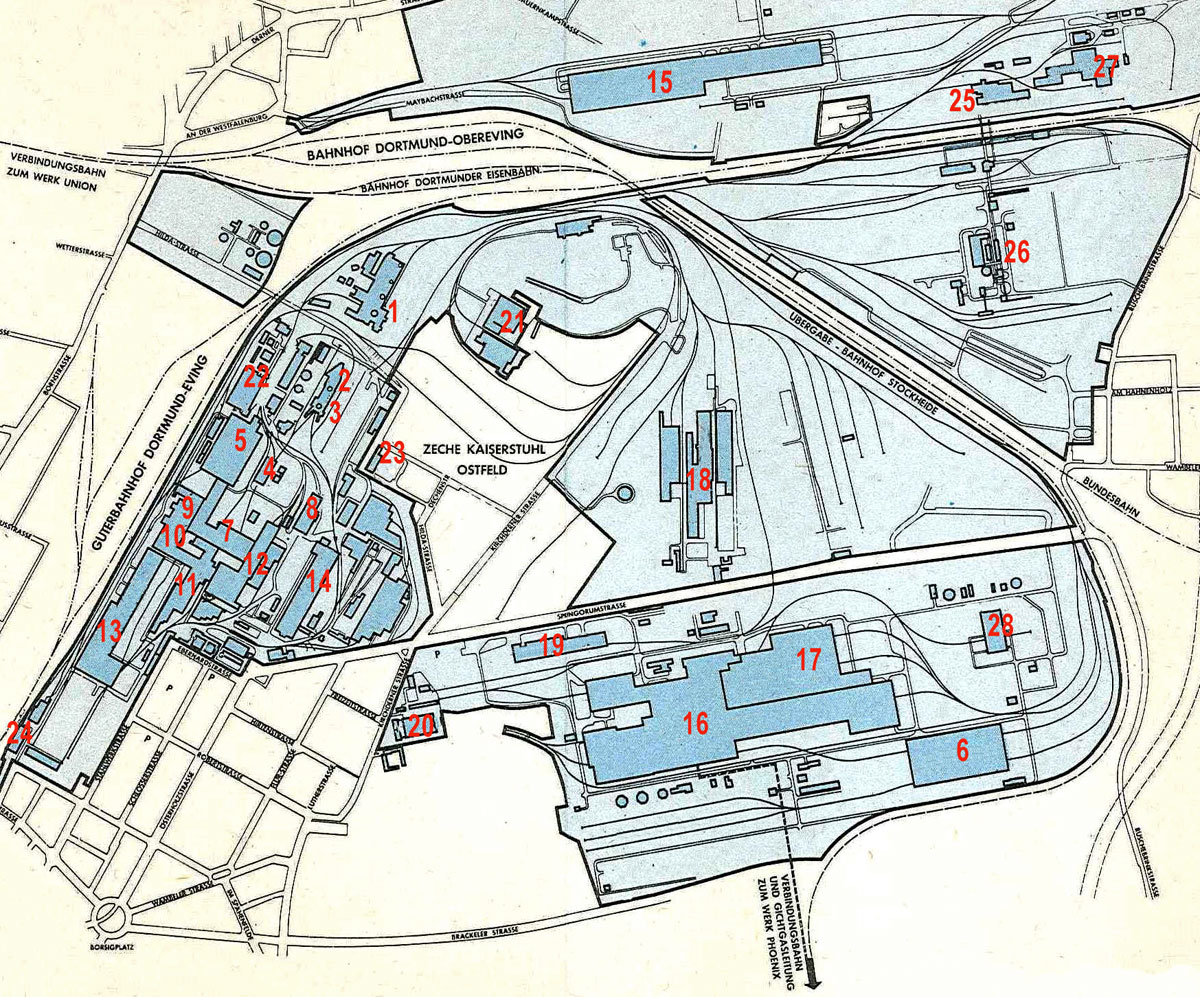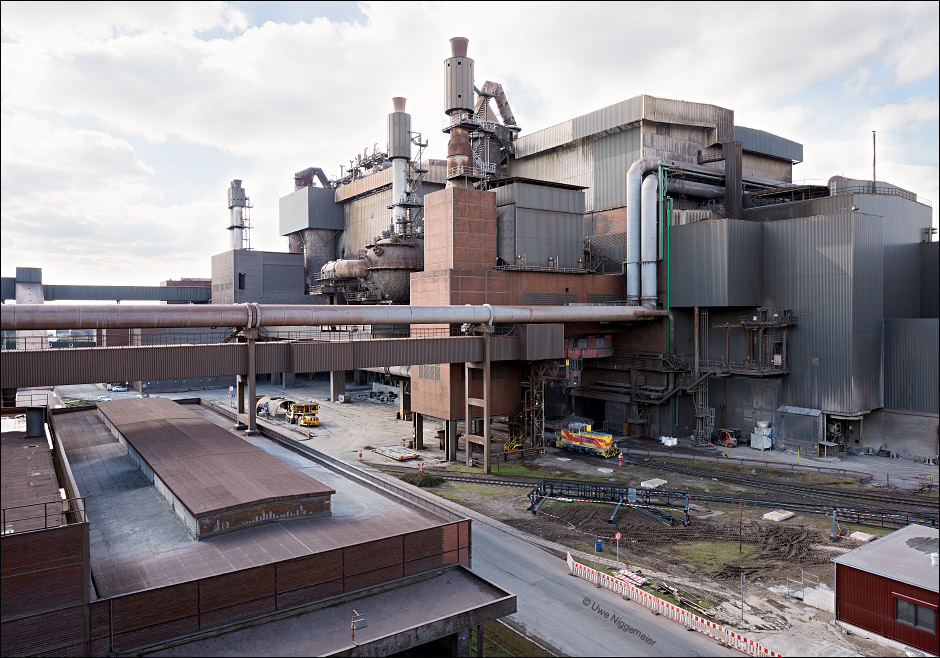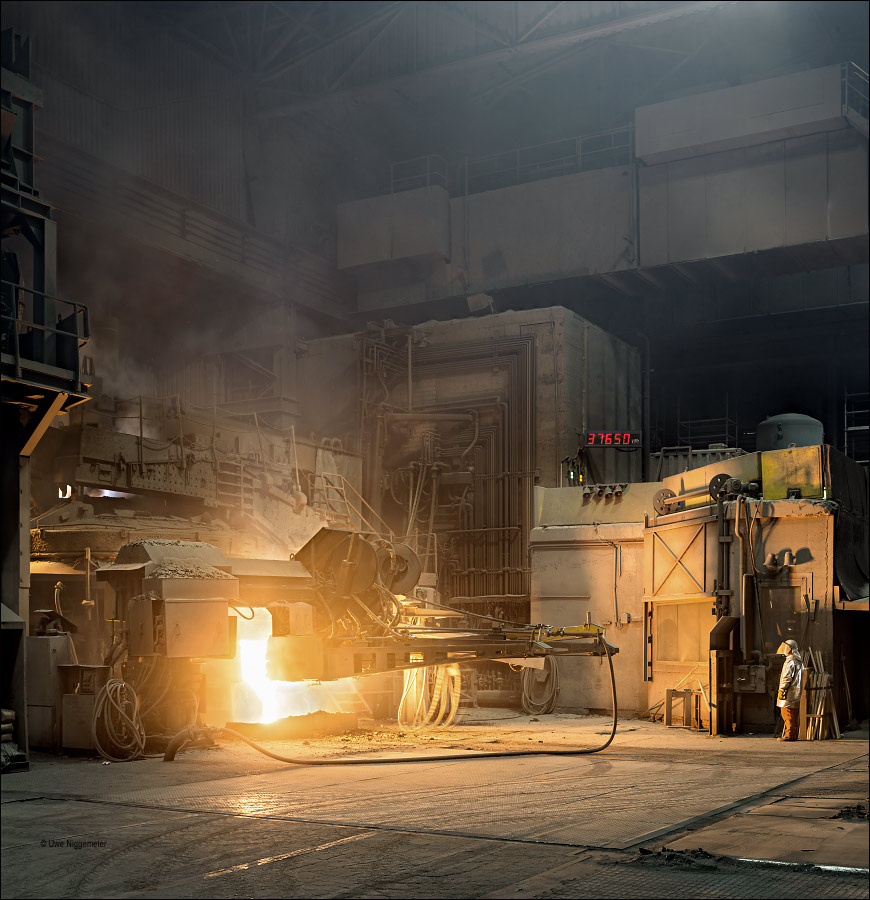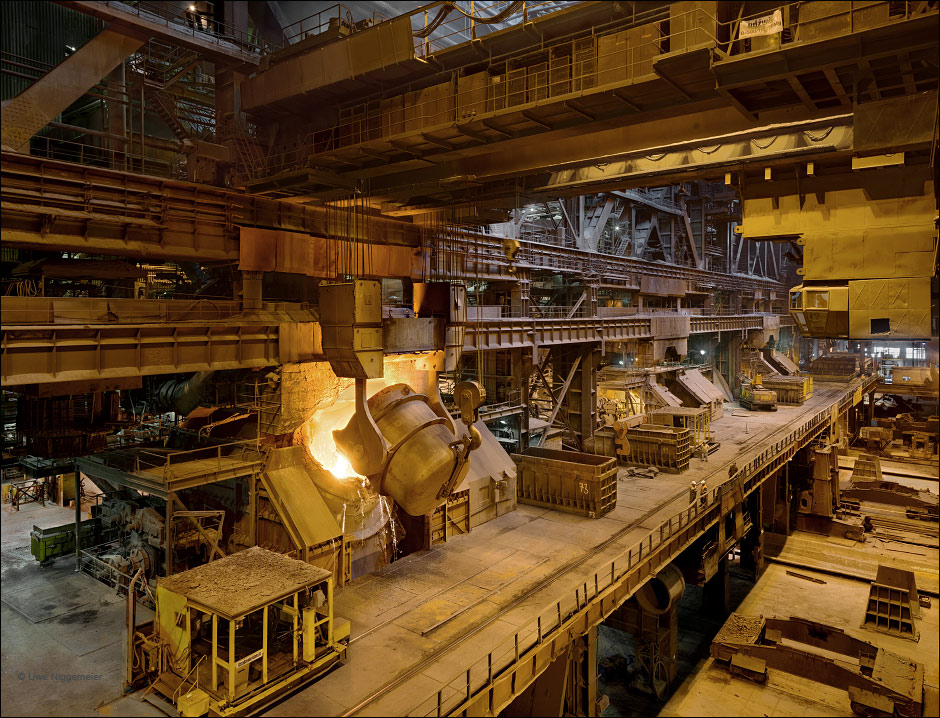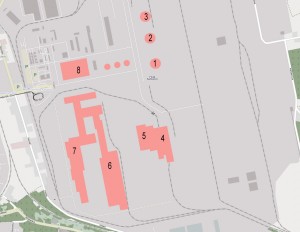1: Hochofen IV. 1972-1999.
2: Hochofen VI. 1965-1976
3: Hochofen VII(alt) 1962-1976
4: Roheisenmischer
5: SM-Stahlwerk 2. 1912-1980
6: SM-Stahlwerk 3. 1956-1982
7: Thomasstahlwerk. 1928-1967
8: Elektrostahlwerk. 1955-1985
9: Blockwalzwerk. 1900-1983
10: Fertigstrasse (Schwere Profile). 1900-1968
11: Walzwerk III (Halbzeug). 1888-1966
12: Walzwerke IV/V. -1966
13: Kontinuierliche Halbzeugstrasse. 1955-1983
14: Walzwerk VIII. (Feinstahl). -1957
15: Feineisenstrasse. 1957-1983
16: Warmbreitbandstrasse. 1958-2001
17: Kaltwalzwerk
18: Drahtverfeinerung
19: Schwellenschweisserei
20: Lehrwerkstatt
21: Feuerfest- Steinfabrik
22: Gaszentrale
23: Sauerstoffanlage
24: Walzendreherei
25: Sinterbänder 1/2
26: Sinterband 3. 1961-
27: Zementfabrik
28: Lok-Werkstatt
Some images at Stahlseite.de .

